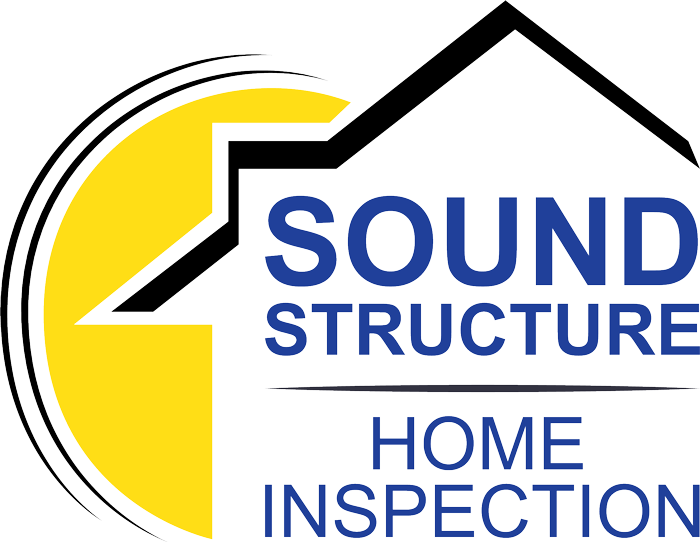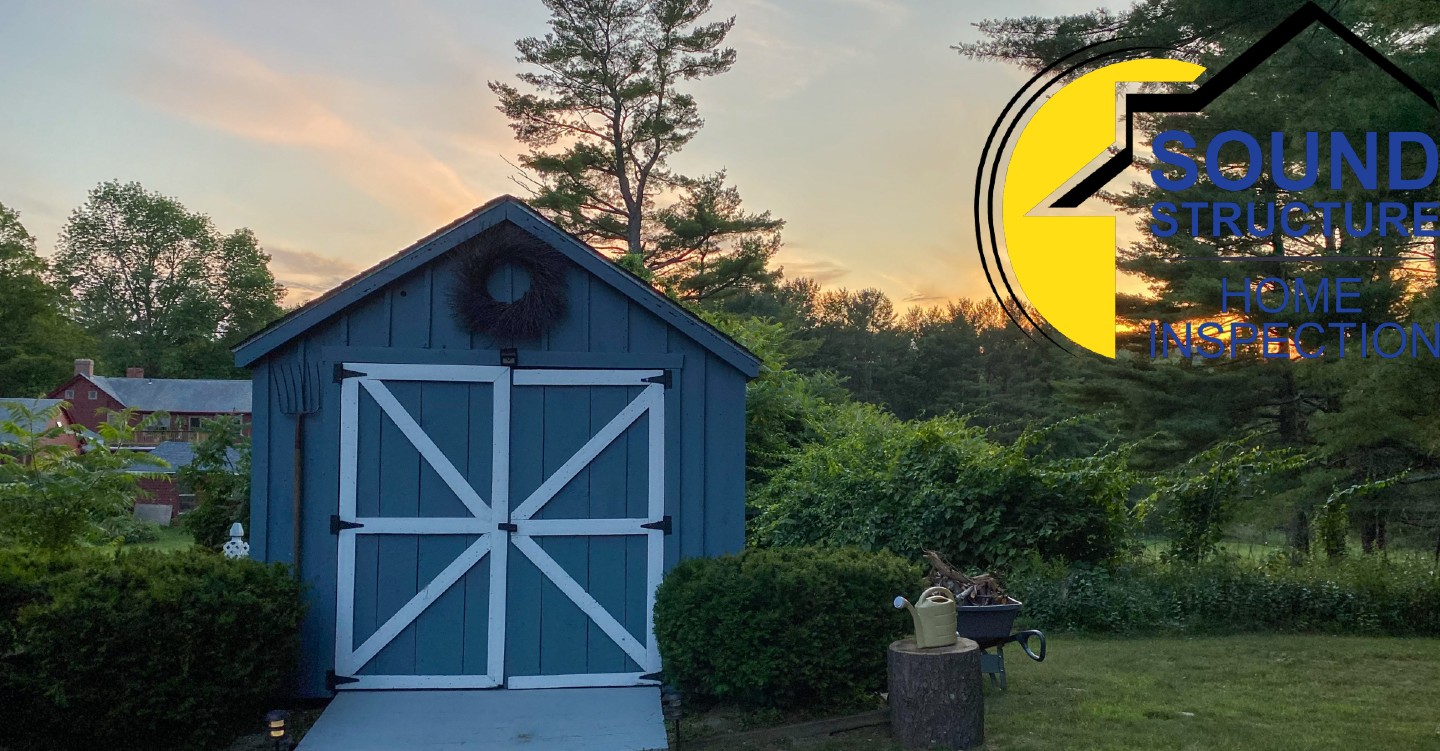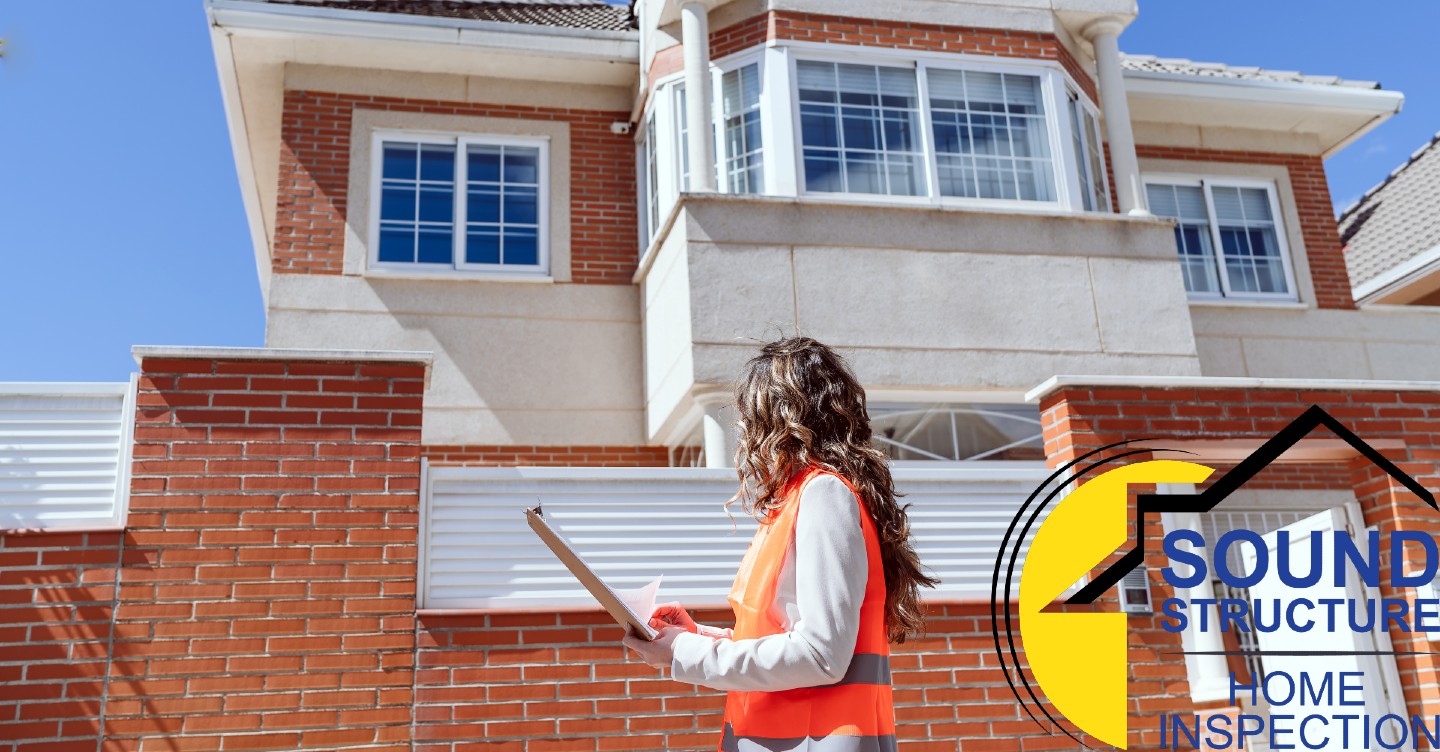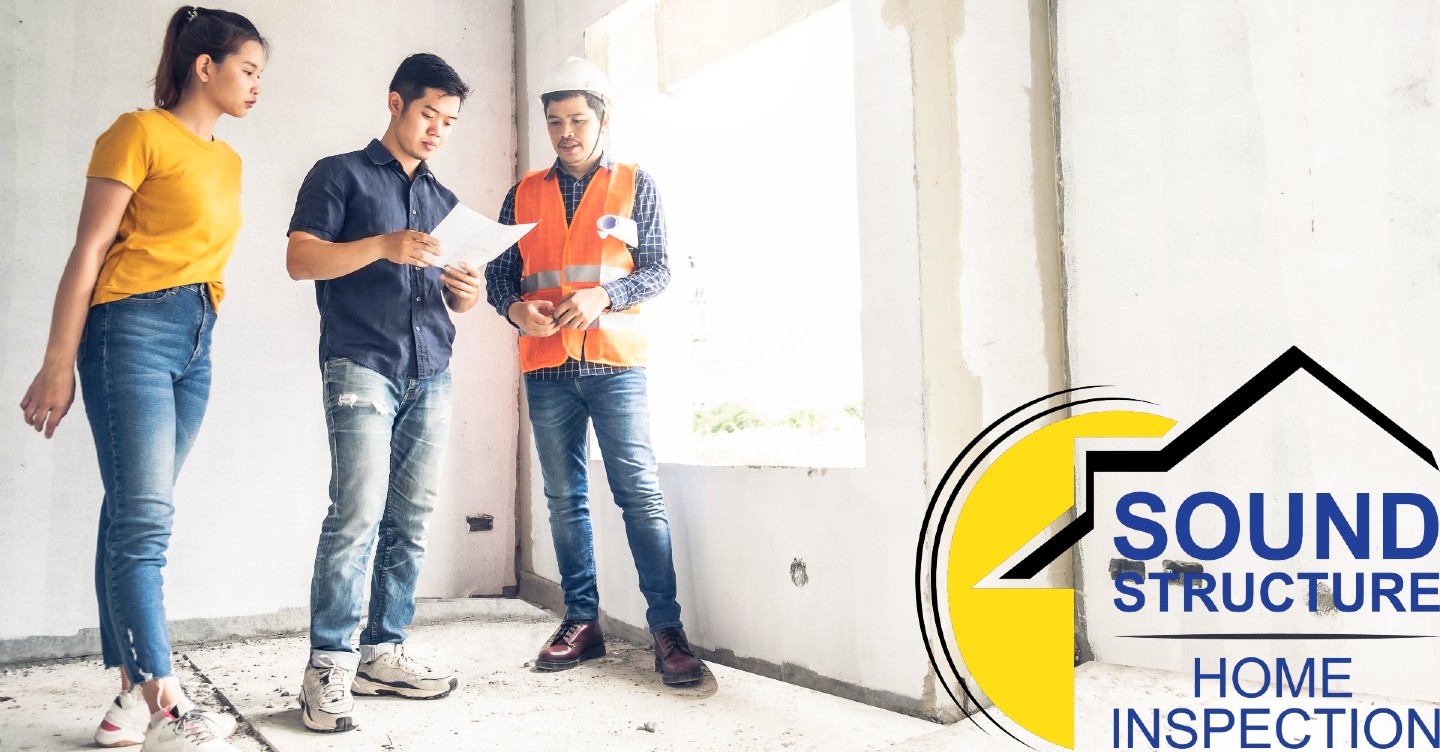Should an Outbuilding Be Inspected?
You likely know how important it is to have a home inspected before buying or selling. It provides details of potential problems and helps with accurately pricing a home. However, an area you likely don’t consider for an inspection is outbuildings. They are part of your property and can be part of an insurance policy. But do you need an inspection done? Here is what to know about an outbuilding.
What is an Outbuilding?
An outbuilding is an extension of your home designed in multiple ways. Many homeowners use these buildings as a way to have extra space for storing lawn tools or sports equipment. Others elect to use them as an external room. An outbuilding comes prefabricated or as metal structures. Whether it’s a shed, greenhouse, or another type of building, the design varies based on the need.
How Outbuilding Inspections Work
The process of doing inspections of outbuildings is relatively similar to those done for traditional homes. An inspector looks at elements such as the roof, structure, foundation, and the building’s exterior. If the outbuilding includes electrical and plumbing systems, inspectors review these as well. Inspectors also look at attics should the building have them included.
Deciding on an Inspection
Knowing what goes into an inspection of an outbuilding, do you need one if it’s on your property? Some inspectors include a review of the building as an ancillary service. Others perform inspections in addition to a regular home inspection, even if it isn’t required. Depending on where you live, local requirements require that every building on your property is inspected. Another factor to consider is how detailed the outbuilding is. If it’s relatively basic, the need for inspection is minimal. However, the more finished the building is, the higher the chances of needing an inspection.
An outbuilding is a great way to have additional space for your home. While an inspection isn’t normally thought of, scheduling one for a building ensures that it is safe for any purpose.



